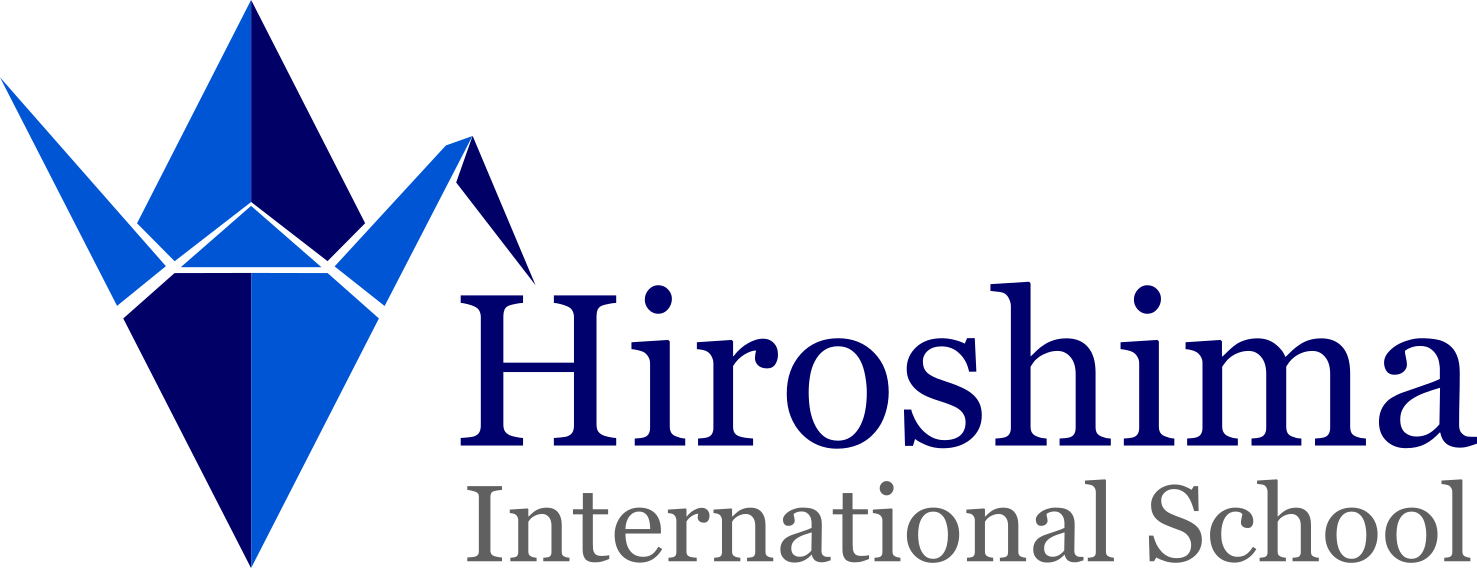
The question of choice for parents in an educational context is centered on the question of how we want our children to relate to the wider world. I have two children who passed through three of the IB programs and I would like to relate an experience which was my very first exposure to the possibilities inherent in an IB education.
I was teaching in Brunei Darussalam at a public secondary school and my daughters attended the International School of Brunei (ISB) which had the IB’s Primary Years Program (PYP). My younger daughter, four-years-old at the time, was in Kindergarten. Time came for a student-led-conference and I attended like the dutiful father I was hoping to be. Knowing nothing of the IB or the PYP, or any other of the associated acronyms, I wasn’t sure what exactly to expect.
The teacher explained that the PYP curriculum is organized around a series of six units of inquiry during the year, where children develop skills, knowledge, understandings and attitudes through a process of structured inquiry. ‘That sounds good, but what does it look like?’ – My private thought at the time. I was soon to find out.
My four-year-old daughter, whom I had expected to just point out a few drawings, led me to the back of the room to what she introduced as the Wondering Wall. At the top of the Wondering Wall, which was a series of large pieces of paper stuck to the wall, a statement about identity was written in large letters, ‘Different types of families make up our community.’ She read this out, although of course, she could not yet read, and pointed to her name which was written with all the other children’s names along the left hand side of the wall. She then told me with a slight roll of her eyes what she had thought a family was at the beginning of the unit. It was written in the teacher’s neat script next to my daughter’s name. All along the line that moved across the wall from her name, in that neat script, were similar thoughts about questions that she had had at different stages of the unit. My four-year-old daughter explained to me, using this visual, what she thought at the start of the unit, some of the questions that she had wondered about, the classroom activities that they had done along the way and the things that she had learned from them. At the end of the line, the far right of the Wondering Wall, was her final thoughts on what constituted a family, again scribed by the teacher, but in my daughter’s words. A very different statement to her initial one, showing in her four-year-old language that she understood that there were many different potential structures.
I left the student-led-conference wondering about the significance of my four-year-old daughter coming to realize that the world may not be exactly as she imagines it – that we learn new things to change our perspective. Many adults struggle with this. It wasn’t so much what she had learnt, nor was it how she had learnt, the wondrous part of the experience was seeing that she was completely conscious of the learning process, that she could even explain how her understanding had changed and why. My daughter was a better learner at the end of that unit – a more independent learner and a more critical thinker. This is a way to interact with the world. In short, she had become a slightly different person. This is at the heart of the IB curriculum – the idea that the learning process influences the person we become, a cumulative process of tiny, yet incredibly important incremental steps. Who do you want your child to be? How will they be able to make a difference in the world? These are the central questions.
